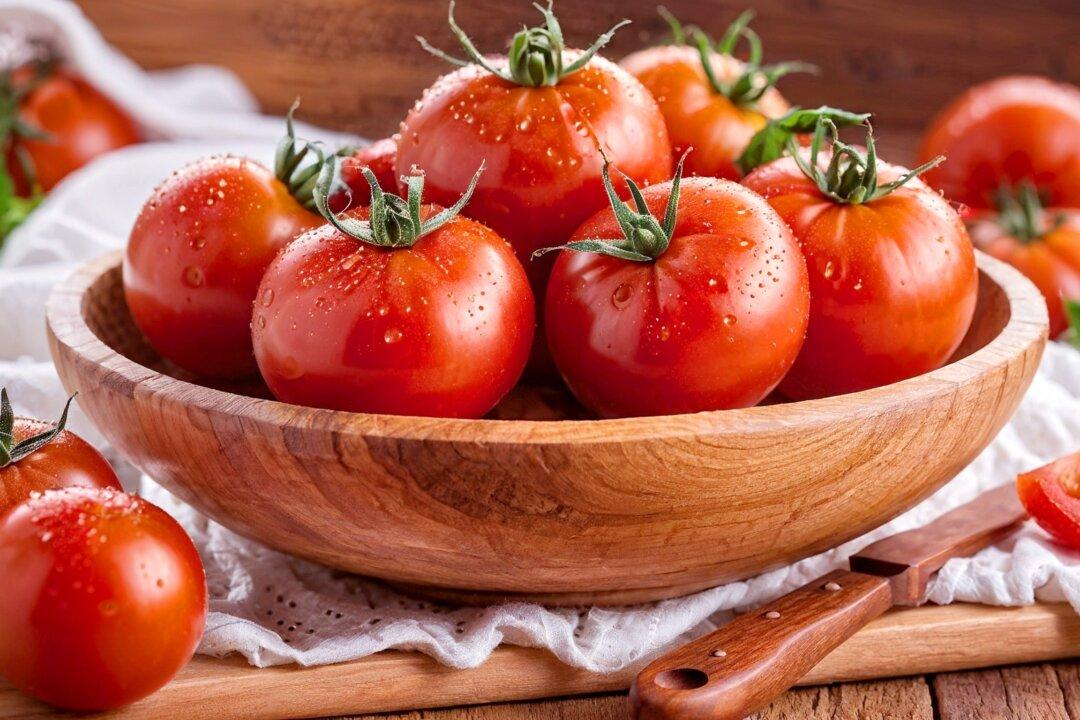If someone looked in your kitchen right now, there’s a good chance they’d find a tomato. It’s the third-most popular vegetable, according to the Foundation for Fresh Produce, a trade organization that tracks and promotes fruit and vegetable sales in the United States. You’ll find it tucked in sandwiches, simmered into sauces, tossed in salads, grilled, and roasted.
But it wasn’t that long ago that home cooks avoided them altogether for fear that they might be poisonous. While that might sound absurd now, it seemed reasonable at the time, and leading medical experts cautioned against their use.





